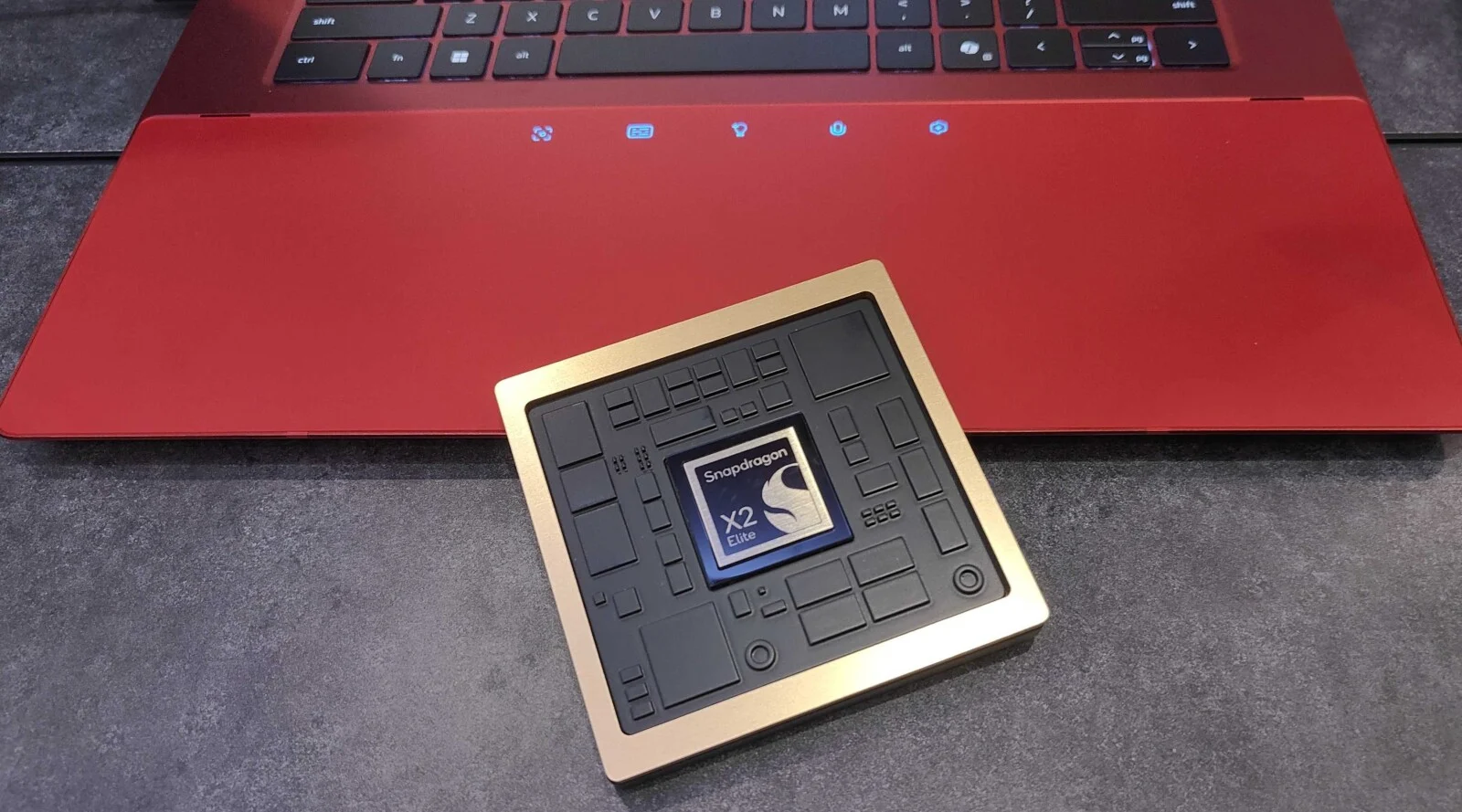It will be the first time in the history of humans that any space program attempts to land a robot, or vehicle, on a comet that is headed for deep space.
The comet that Rosetta will be attempting to land on is referred to affectionately by scientists and space enthusiasts as “67P,” but it’s more scientific name is 67P/Churyumov-Gerasimenko.
The comet is made of two lobes, or chunks, connected by a thin neck. Ironically enough, the silhouette of the comet looks like a rubber duck. The ESA announced that a site on the smaller section would be the ideal landing location, and is referring to the site as “Site J.”

But, the ESA has a backup plan, as well. They’ve identified “Site C,” or a spot on the bigger section, as a second potential landing spot – should the first spot become compromised, for any reason.
The Rosetta will release the Philae – the device that will ultimately land on the comet – and roughly 7 hours later, land on the comet. The release will occur 22.5 kilometers away from the comets core.
There will though be a 28 minute delay between success or failure, and our notification of such an event here on Earth. Unfortunately, while the technology may be advanced enough to land a small craft on a comet at 22.5 kilometers away, that does not mean that we will have instance notification of the success, or failure of the plan.
http://thehoopsnews.com/2014/09/26/1264/chimps-raised-pets-performers-suffer-life/
There are 10 instruments onboard Philae, and hopes are that the devices on board will give even better insight into the operation, or the way the comet functions. The specifics of what scientists might be able to learn from being atop a comet as it’s in orbit around the sun is unclear – but it could potentially have significant breakthroughs in the space community.
http://thehoopsnews.com/2014/09/24/1256/migrating-monarch-butterflies-formed-butterfly-shaped-radar-blob-report-says/
Comet 67P takes roughly 6.5 years to orbit the Sun. However, this was not an overnight event for Rosetta. This was a part of a 10 year mission, which required several fly-by’s of Earth and Mars in order to generate enough speed to catch up to the comet which was significantly ahead in the race.








Add Comment